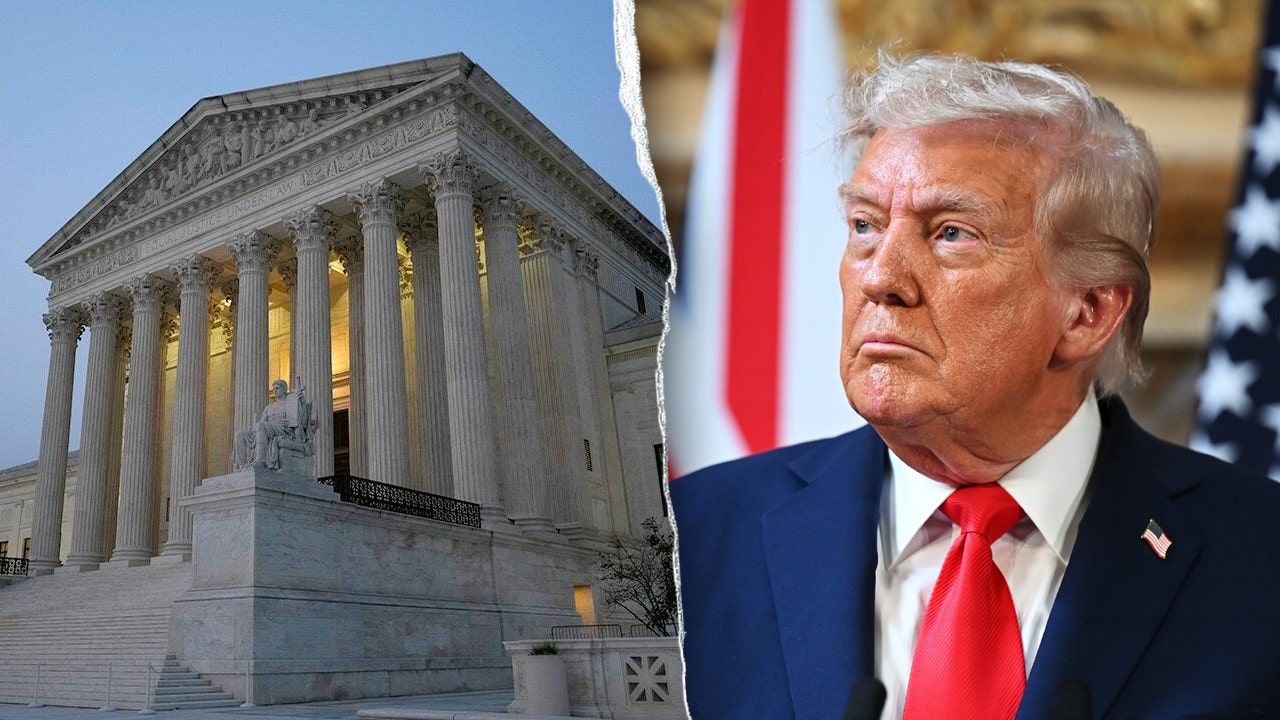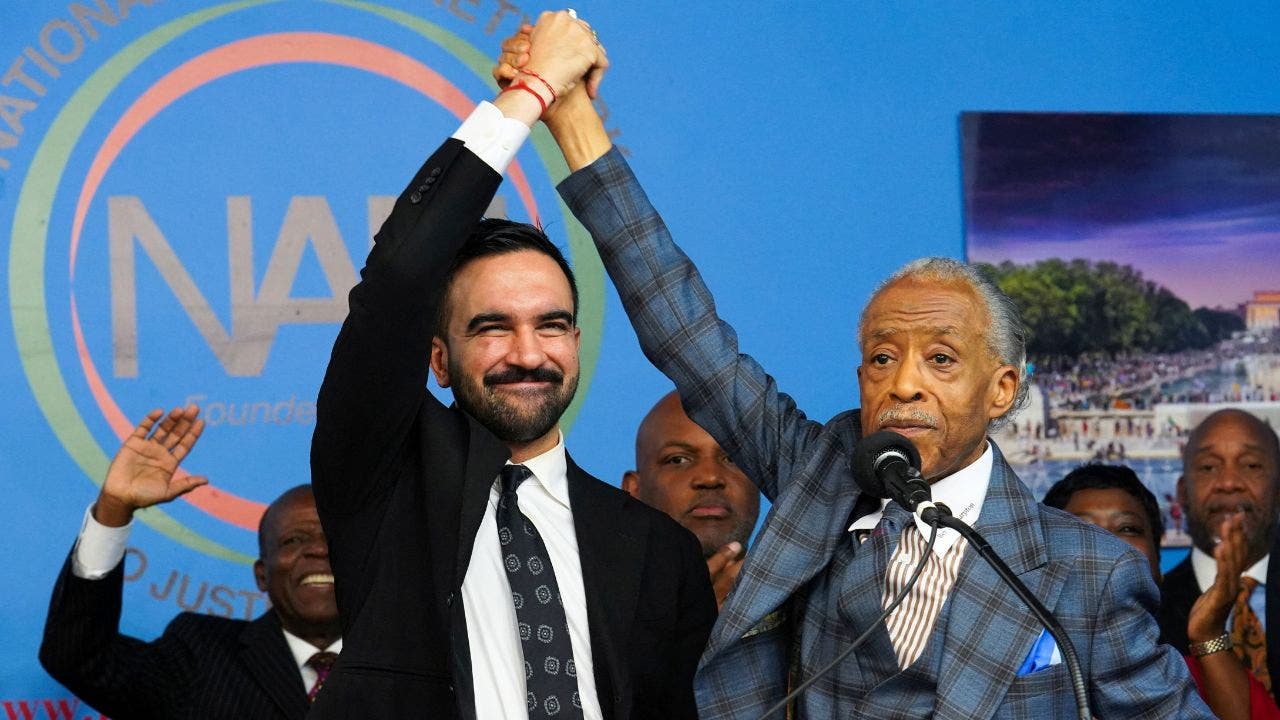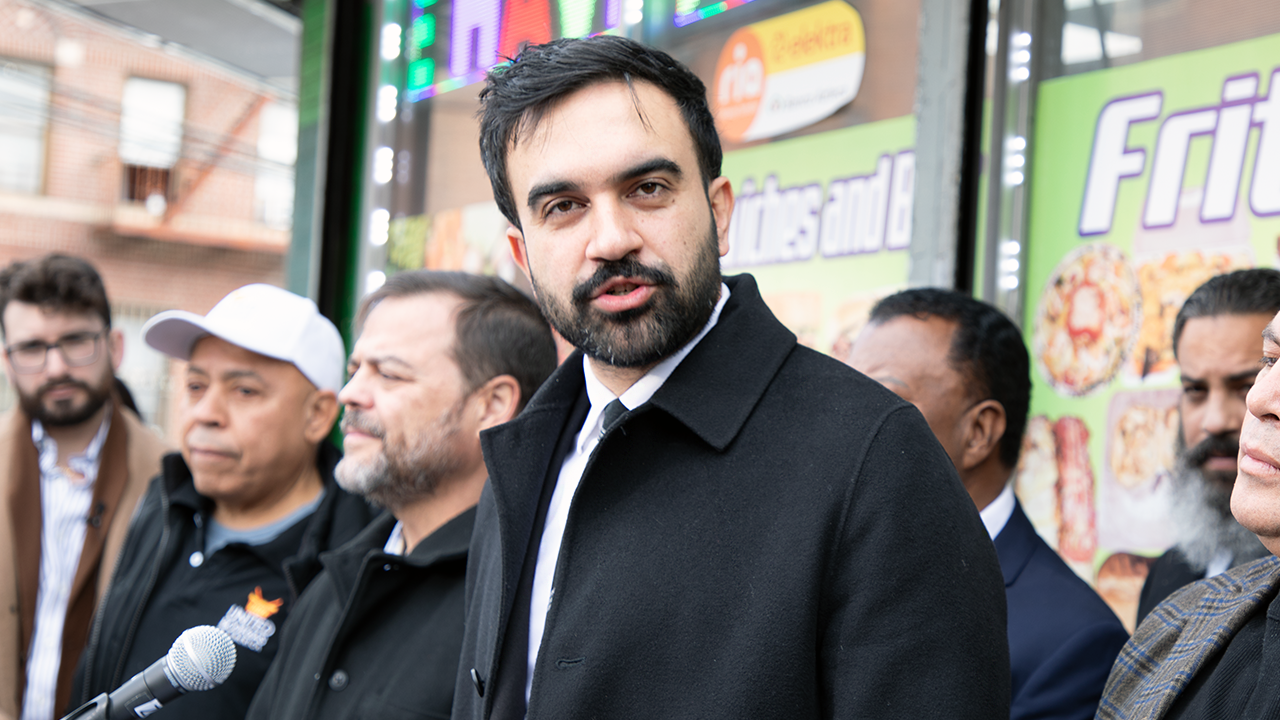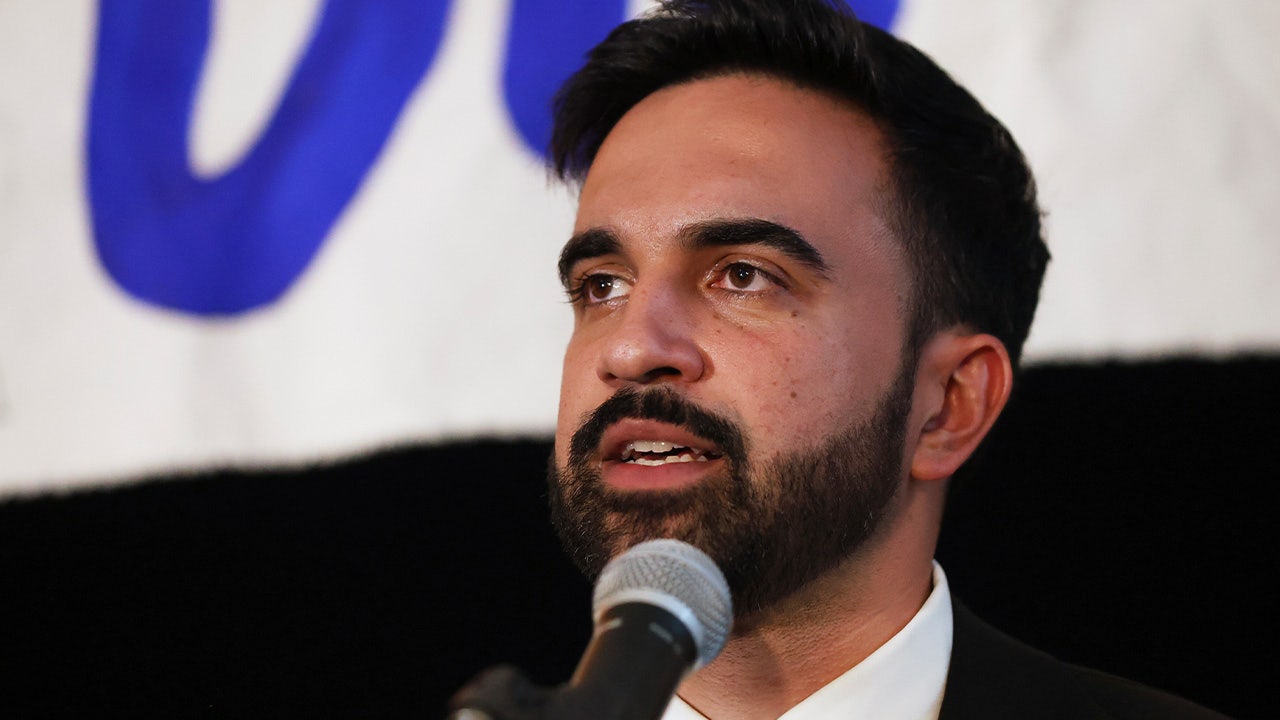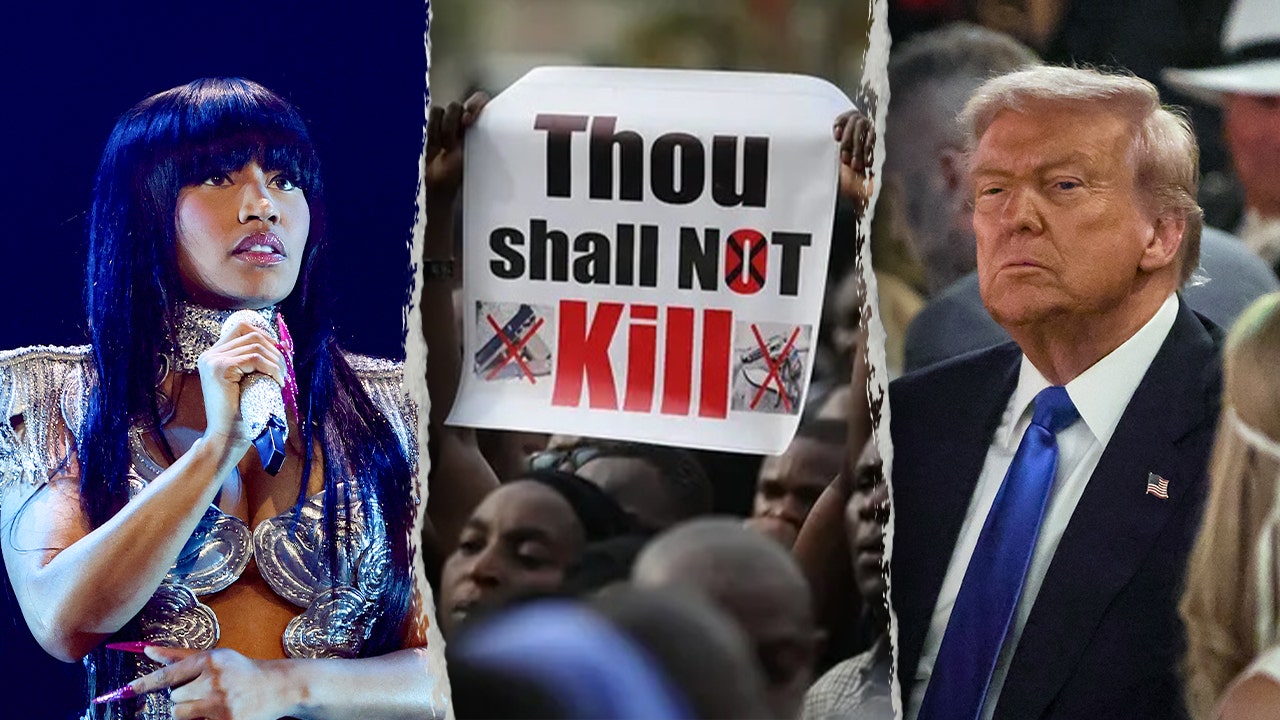NEWYou can now listen to Fox News articles!
Economic imperative or executive overreach? That is the question the Supreme Court is preparing this week to confront, in one of its most monumental appeals over the scope of executive power, a time-sensitive challenge to President Donald Trump’s expansive import tariffs over most countries.
The justices will hear oral arguments Wednesday over lawsuits from a coalition of small businesses and several Democratic-led states, who say Trump has abused his authority by declaring a “national emergency” to impose levies on nearly every country in the world.
At issue is whether the International Emergency Economic Powers Act (IEEPA) gives the president that power.
TRUMP CUTS CHINA TARIFF AFTER XI SIGNALS TOUGHER FENTANYL ENFORCEMENT, RARE-EARTH PAUSE
Lower federal courts have ruled against the Executive Branch, but Trump’s Justice Department warns “denial of tariff authority would expose our nation to trade retaliation without effective defenses.”
The financial and political stakes are enormous, with potential immediate effects on the domestic and global economies. Businesses and industries, large and small, are nervously watching how the Court will act.
“The Supreme Court will decide whether or not Congress, in fact, gave the president the fairly broad authority that he’s claimed to impose [tariffs] on, in a way that no president has used it before,” said Thomas Dupree, a leading appellate attorney and a former top Justice Department official. “Not to say that’s necessarily impermissible, but it is something that the Supreme Court has not seen in recent years and is going to weigh in on whether or not he’s overstepped the authority that he has under the law.”
The final word
The consolidated, expedited appeals will be the first major test on the merits of the White House’s aggressive second-term agenda to remake large swaths of the federal government, and the outsized role this president has so far played.
The administration has been winning most of the emergency appeals at the Supreme Court since January dealt only with whether challenged policies could go into effect temporarily, while the issues play out in the lower courts — including immigration, federal spending cuts, workforce reductions and transgenders in the military.
In doing so, the 6-3 conservative majority has reversed about two dozen preliminary nationwide injunctions imposed by lower federal courts, leading to frustration and confusion among many judges.
Now those percolating petitions are starting to reach the Supreme Court for final review — and legal analysts say the bench may be poised to grant broad unilateral powers to the president.
The justices fast-tracked the administration’s appeal over sweeping tariffs on nearly every country, which were blocked by lower courts.
A high court ruling on the merits could come quickly, perhaps within weeks. Both sides have urged a quick decision, since the U.S. has been engaged in active, ongoing trade negotiations with dozens of countries over the past months.
This could be the start of several high-profile merits appeals over Trump’s executive actions.
In December, the justices will decide whether to overturn a 90-year precedent dealing with the president’s ability to fire members of some federal regulatory agencies like the Federal Trade Commission.
SENATE REPUBLICANS DEFECT, REJECT TRUMP’S TARIFFS ON CANADIAN GOODS
And in January, the power of President Trump to remove Lisa Cook from the Federal Reserve’s Board of Governors will be tested in another major constitutional showdown. For now, the Biden-appointed Cook will remain on the job.
Other appeals that could be added to the high court argument docket include birthright citizenship and other immigration-related petitions, Diversity, Equity and Inclusion policies in educational institutions and the environment.
The law in question
Congress is given the power under the Constitution’s Article I to “lay and collect Taxes, Duties, Imposts and Excises.”
But when Trump in February began issuing a series of executive orders, he relied on the IEEPA, which gives the president the power — under a self-declared national economic emergency — to “investigate, block during the pendency of an investigation, regulate, direct and compel, nullify, void, prevent or prohibit, any acquisition, holding, withholding, use, transfer, withdrawal, transportation, importation or exportation of, or dealing in, or exercising any right, power, or privilege with respect to, or transactions involving, any property in which any foreign country or a national thereof has any interest.”
The Trump Justice Department says the choices are stark.
“President Trump and his advisors have determined that erroneously invalidating the IEEPA tariffs, ‘would have catastrophic consequences for our national security, foreign policy, and economy,'” wrote U.S. Solicitor General D. John Sauer, who will argue the case before the justices. Citing Trump’s own words, “The President has emphasized: ‘If the United States were forced to unwind these historic agreements … the economic consequences would be ruinous, instead of unprecedented success.”
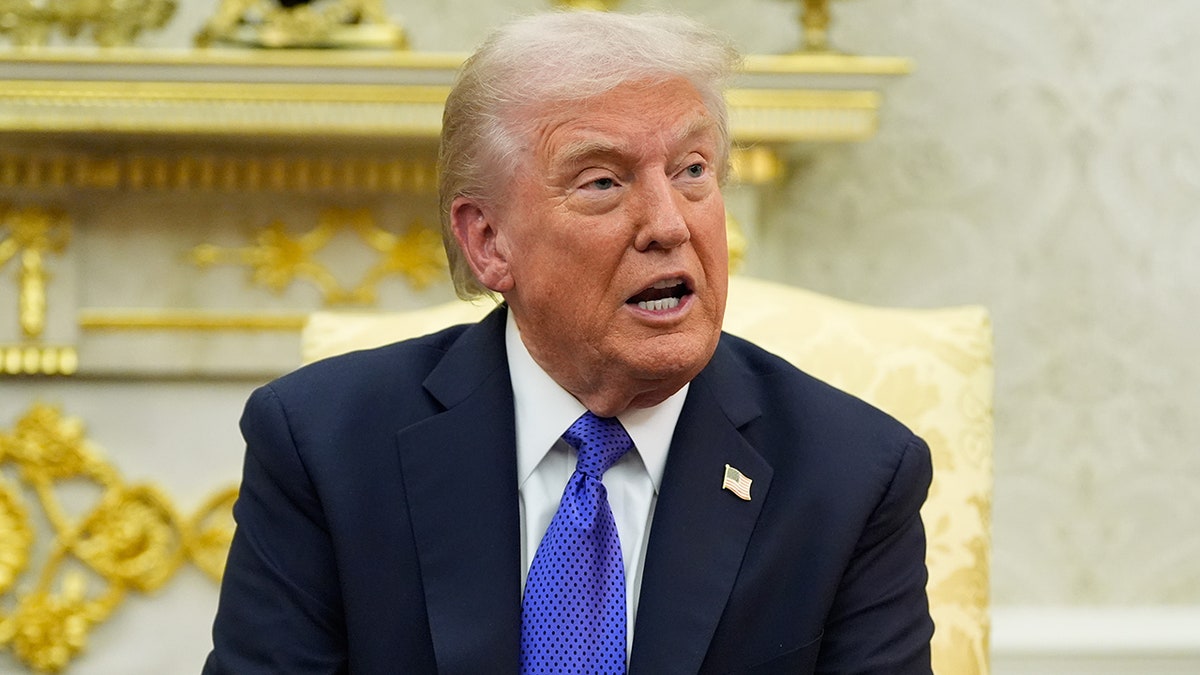
But the plaintiffs claim no president until now in the law’s five decades has ever used it to impose “sweeping worldwide” tariffs.
“Context, history and common sense all support a more modest understanding of that provision — one that leaves the President ample tools to address emergencies but does not delegate Congress’ tariffing power wholesale,” wrote Benjamin Gutman, Oregon’s solicitor general, who will argue the case for the state plaintiffs. “This Court should reject the President’s bid to seize that power for himself.”
Two categories of tariffs involving a variety of products are being contested: The first are “trafficking tariffs,” on goods from Canada, China and Mexico, imposed after the Trump administration said those nations have not done enough to reduce the flow of fentanyl.
The second, broader category, labeled “reciprocal tariffs,” involves tariffs ranging from 10% to 50% on products from virtually all countries.
The arguments
The Supreme Court will hold at least 80-minutes of scheduled oral arguments in its marble-lined courtroom, but the public session is expected to last much longer.
The justices will almost certainly have many questions of counsel from both sides, since they will be confronting a range of novel legal and constitutional questions over Trump’s tariff authority.
TRUMP ASKS SUPREME COURT FOR URGENT RULING ON TARIFF POWERS AS ‘STAKES COULD NOT BE HIGHER’
The arguments — audio of which will be streamed live on the court’s website — will consist of the bench posing questions, comments and hypotheticals to lawyers from the federal government, private business and the states.
After the public sessions, the justices will meet privately — perhaps later Wednesday — and vote on the case, at least preliminarily.
The majority and any dissenting opinions will be assigned, and the court go begin articulating a ruling that will serve as precedent for this and future disputes over executive authority.
The court will have no shortage of information to ponder. In addition to the written briefs filed by the opposing parties, about four dozen “amicus” briefs have been filed, offering a range of legal positions from advocacy groups, other state governments and legal and economic scholars.
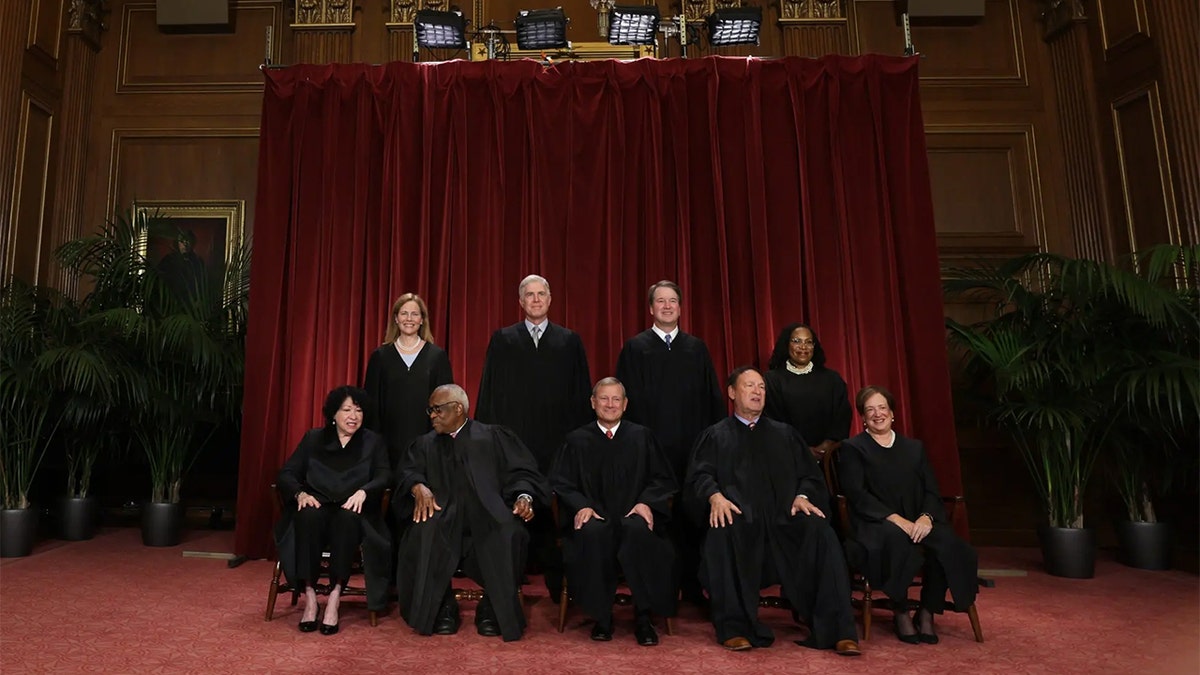
The impact
The unpredictable, ongoing rollout of tariffs has created global economic uncertainty and fears of higher consumer prices, but Trump has also used them as political leverage to pressure countries into negotiating new trade deals.
“A big fraction of the Supreme Court’s docket will present the question, can President Trump do: fill in the blank? And that includes imposed tariffs,” said Dupree. “Trump is pushing at every limit and the Supreme Court this term is going to be telling us whether he’s exceeded those limits. That is going to be the story of so much of what the Supreme Court is deciding this term is whether the president has [acted] within or has exceeded.”
CLICK HERE TO DOWNLOAD THE FOX NEWS APP
Of more immediate focus, the tariff cases will offer a tantalizing “first look” guide of how broadly the conservative majority high court views Trump’s muscular view of presidential power, a template for almost certain future appeals of his executive agenda.
The cases are Learning Resources, Inc. v. Trump (24-1287); Trump v. V.O.S. Selections, Inc. (25-250).



